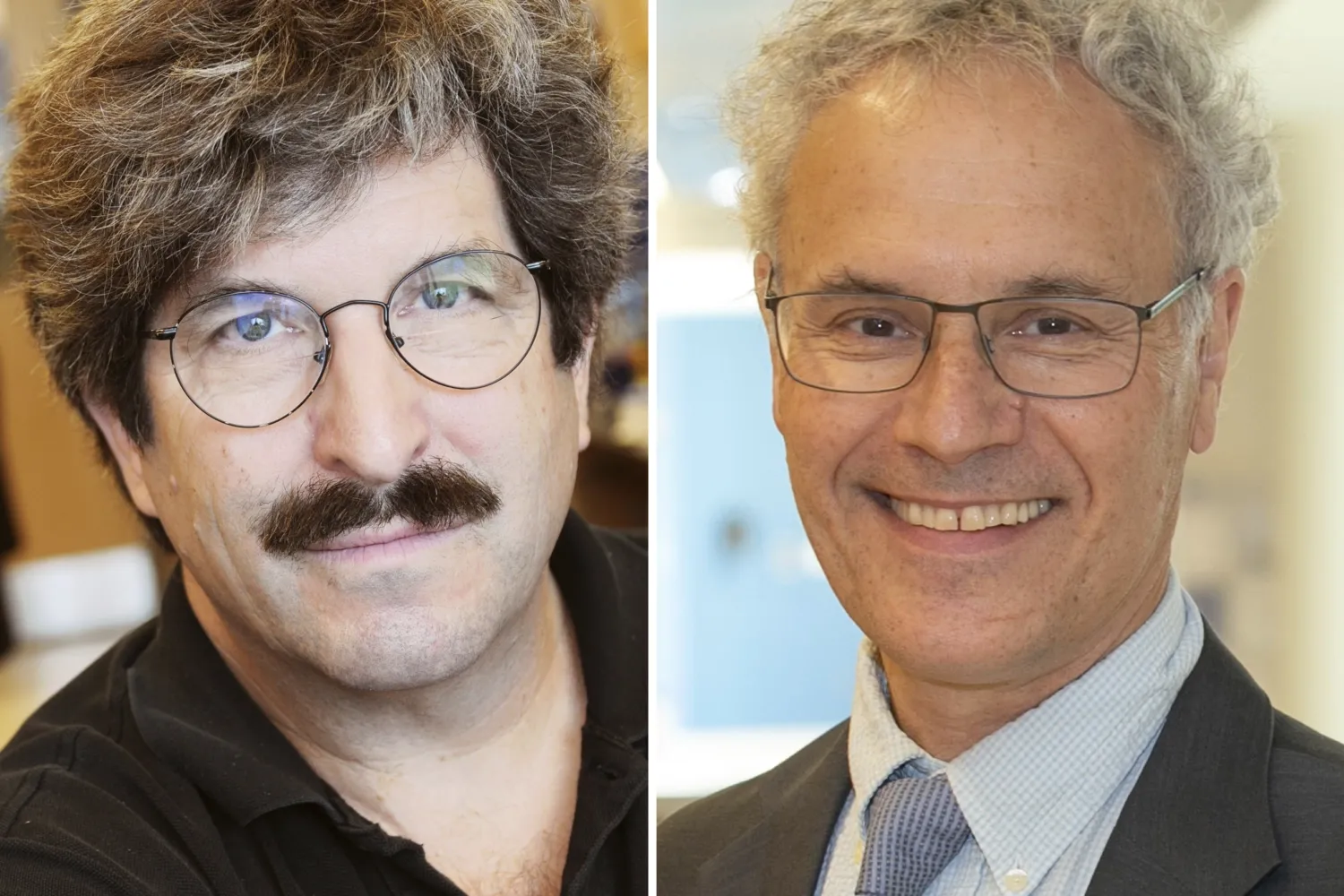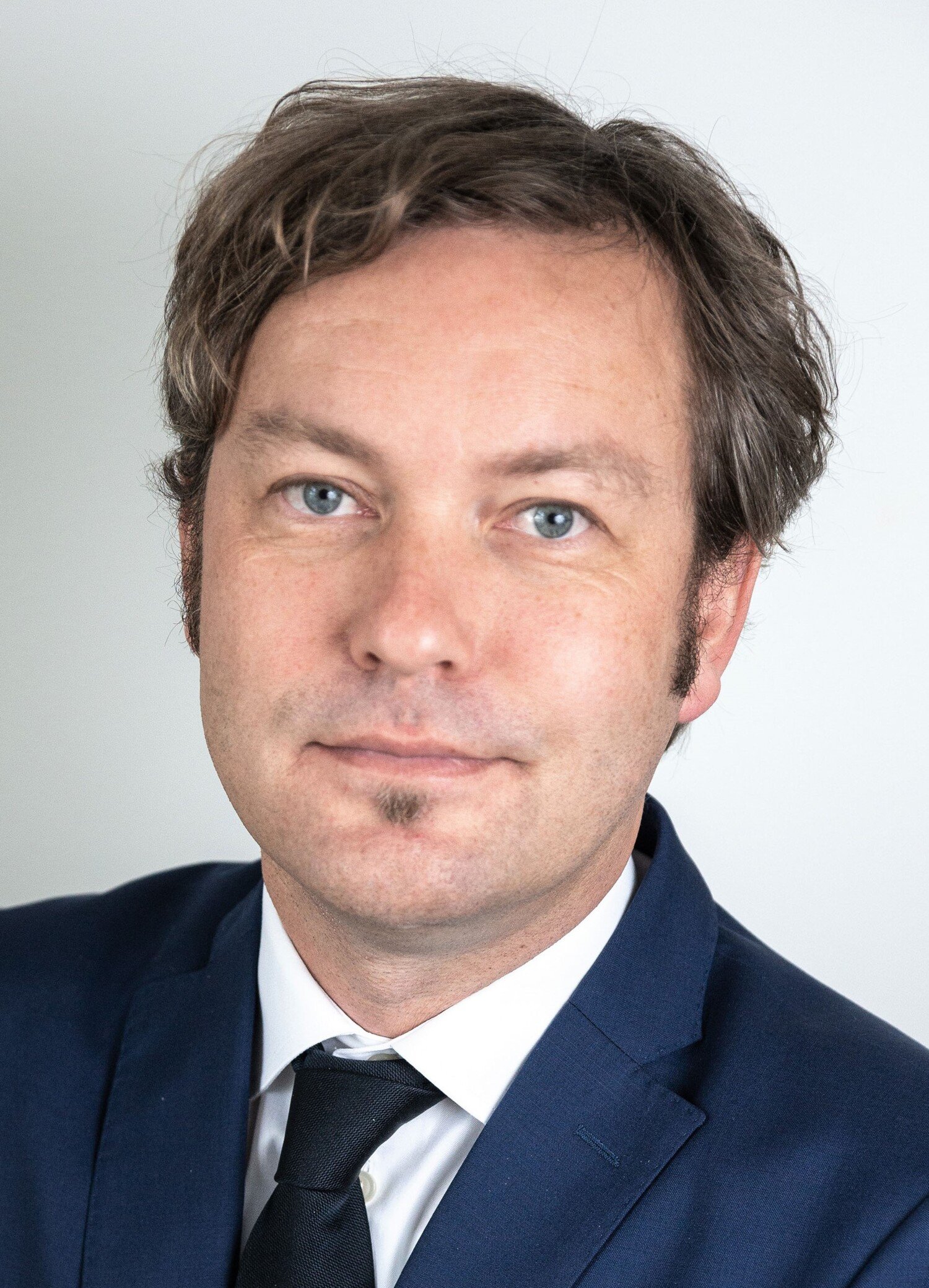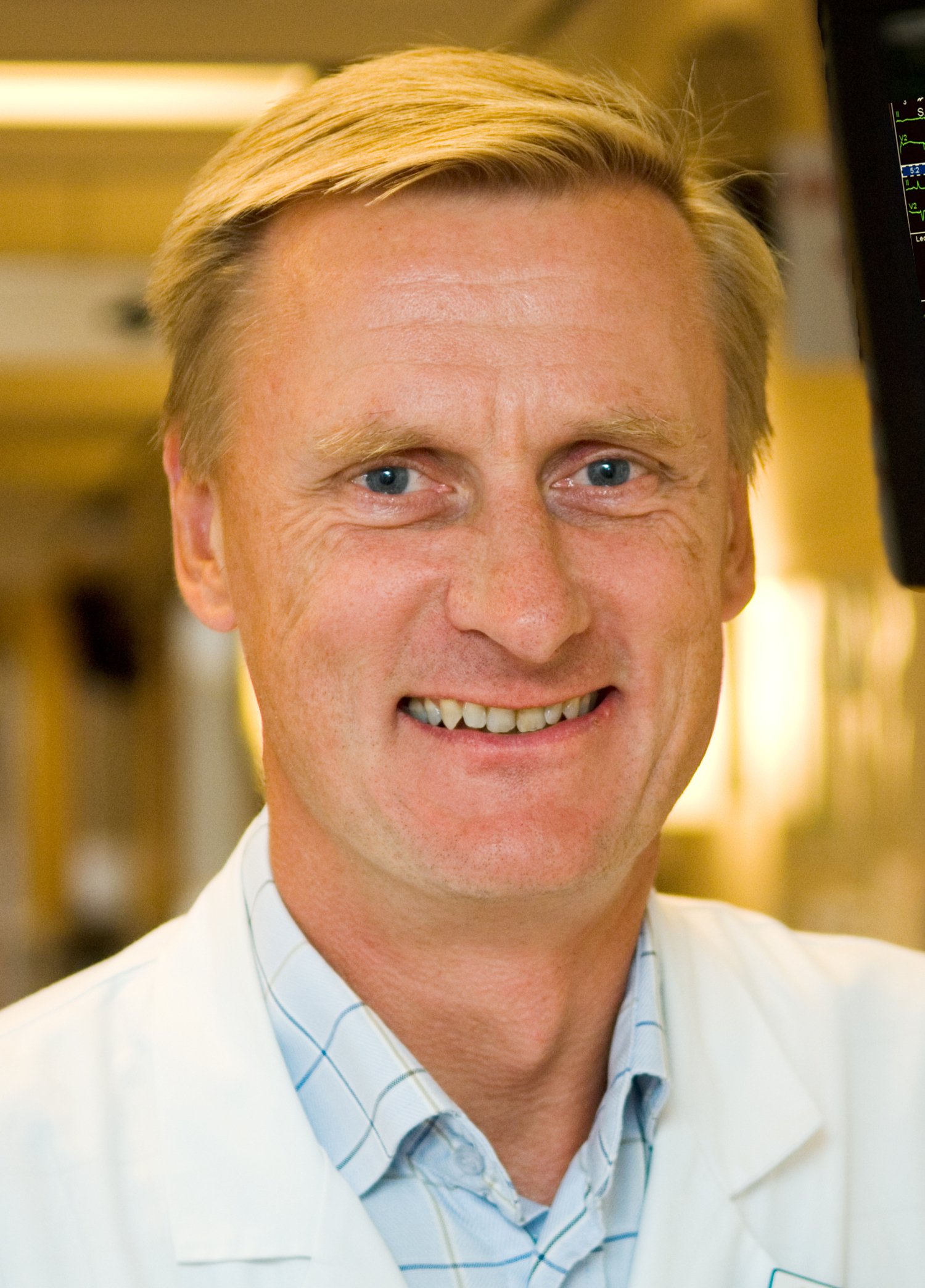The Nobel Prize in Physiology or Medicine: “A groundbreaking discovery that has finally been rewarded”

Victor Ambros and Gary Ruvkun share this year's Nobel Prize in Physiology or Medicine. They are being awarded for their discovery of microRNAs, which play a crucial role in the development of complex organisms. Research is underway at Karolinska Institutet on how these small molecules can be applied clinically.
Text: Anna Björklund
“This is an extremely important discovery of a fundamental mechanism for how cells work,” says Rickard Sandberg, Professor at the Department of Cell and Molecular Biology, Karolinska Institutet and member of the Nobel Assembly.

This year's Nobel Prize is for the discovery of a mechanism used in our cells to control the activity of genes. We have the same set of DNA in all our cells, and it contains instructions for making proteins, but which proteins are made varies depending on the cell type. When DNA is read, it must first be copied into an almost identical molecule called mRNA (messenger RNA), which codes for the formation of a specific protein. However the small microRNA molecules can prevent the protein from forming. They act as an on-off switch, hiding parts of the message from the genes. In this way, microRNAs may be crucial for making our cells what they are - gut cells, muscle cells and heart cells, for example.
"This is a system that has evolved over hundreds of millions of years, from the emergence of multicellular organisms such as early sea sponges until now,” says Sandberg.

One of those who have worked with Gary Ruvkun is KI researcher Christian Riedel, researcher at the Department of Medicine, Huddinge. He was a postdoctoral fellow at the Nobel laureate's lab at the Massachusetts General Hospital and Harvard Medical School between 2007 and 2012 to study how aging can be slowed down.
“It was a great experience to have him as my boss. Gary was a very friendly and positive person who was well-liked by everyone,” says Christian Riedel:
“Gary has a strong passion for research and a strong drive to make new discoveries. The discovery of microRNA was made early in his research career – in 1993. Yet his enthusiasm and ambition never waned."
Unlike the 2023 Medicine Prize, which was directly linked to the COVID-19 vaccine, this year's prize is for basic research. However, there are several potential applications. For example, many clinical studies are underway around the world with the hope of developing biomarkers and drugs based on microRNA research.
At Karolinska Institutet, research on microRNA and its importance in cardiovascular disease is ongoing.

John Pernow, Professor at the Department of Medicine, Solna has a project where they study the reason why type 2 diabetes patients get cardiovascular complications.
“We have seen that microRNA can be impaired in patients with type 2 diabetes, leading to an increased risk of damage to blood vessels,” says John Pernow.
The researchers have been investigating a specific type of this molecule that is impaired in type 2 diabetes - called microRNA 210. The idea is to produce a drug that increases the levels of this particular microRNA to prevent cardiovascular complications.
"We know that microRNAs play an important role in how cells function normally and in disease. In addition to being used to develop potential medicines, microRNAs could be analyzed in blood samples and used to monitor the course of a disease. In this way, they can be used as biomarkers.

Wound healing is another area where microRNA is used at Karolinska Institutet. Ning Xu Landén, associate professor at the Department of Medicine, Solna, is researching how microRNA affects the skin in wound healing and psoriasis.
“I am completely overwhelmed that this groundbreaking discovery has finally been awarded the Nobel Prize,” she exclaims.
Ning Xu Landén says that interest in microRNAs has declined recently, probably because the field is perceived to be well explored already.
“But I don't agree with that. There are many pressing questions and challenges that remain, especially when it comes to translating knowledge into clinical use,” says Ning Xu Landén and continues:
“I am convinced that microRNAs are one of the most promising therapeutic targets, and their small size makes it easier to overcome challenges compared to other gene therapies. I hope that this year's Nobel Prize will spark new interest and lead to more support from academia, industry and society.
